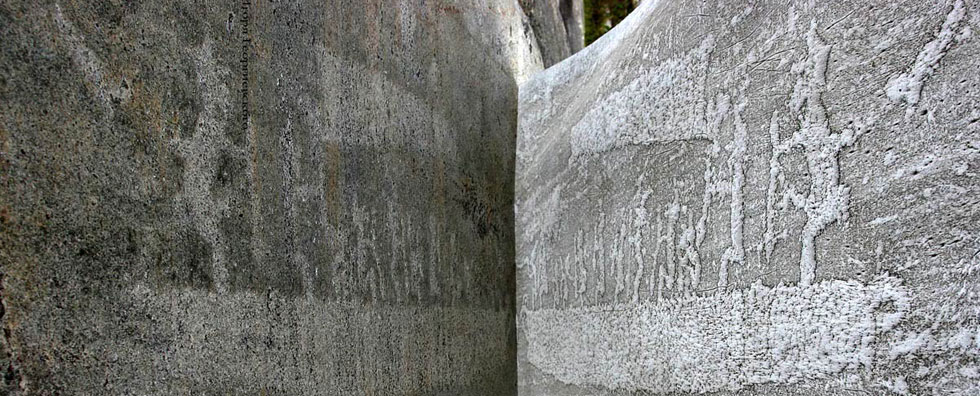
Issue №2, Vol. 22
Petrusha S., Tihonov E. An experimental study of the energy intensity of the technological chip production process on disk chopping machines // Resources and Technology. 2025. №2, Vol. 22. P. 1‒16.
DOI: 10.15393/j2.art.2025.8403
An experimental study of the energy intensity of the technological chip production process on disk chopping machines
| Petrusha Sergei Vitalevich | Petrozavodsk State University, ros-nano@yandex.ru |
| Tihonov Evgeny Andrianovich | Petrozavodsk State University, tihonov@petrsu.ru |
|
Key words: logging; chopping machines; technological chips; energy efficiency |
Summary: The research was performed in the Institute of Forestry, Mining and Construction Sciences, Petrozavodsk State University. The object of the study was the production process of wood chips in the wood preparation workshop of JSC Kondopoga Pulp and Paper Mill. The article presents an analysis of the energy efficiency problem relevant to the timber industry and the feasibility of using chopping machines for the production of wood chips used as fuel for autonomous power plants. The increasing distance of logging sites from areas with developed infrastructure and centralized energy supply networks requires significant reduction in electricity generation costs, such as fuel costs for diesel generators, as well as the cost of delivering this fuel to logging sites. The purpose of this study was to experimentally determine the specific energy consumption of the MP5-150 disc chopping machine for the production of one cubic meter of wood chips. As part of the work, electricity meters were installed on the chopping machines of the Kondopoga Pulp and Paper Mill JSC, the readings of which were regularly recorded by the company's personnel. In addition, the staff recorded data on the consumption of wood chips by the enterprise and data on the amount of imported wood chips used. The average annual specific consumption for the production of one cubic meter of wood chips, according to the study, was 3.97 kWh/m3. At the same time, the electric motors of the chopping machines at the enterprise operated at a load of 20—25 % of the nominal. In addition, it was found that the specific energy consumption for the production of cubic meters of wood chips significantly depended on the moisture content of the wood. For example, in January, the specific consumption was 2.90 kWh/m3 with a moisture content of more than 40 %, and in July it was 5.35 kWh/m3 with a moisture content of 26—40 %. At the same time, it is very important to take into account that such indicators were obtained when the chopping machines in the wood preparation shop of JSC Kondopoga Pulp and Paper Mill were idle for about 6 hours per day. |
Displays: 216; Downloads: 153;




